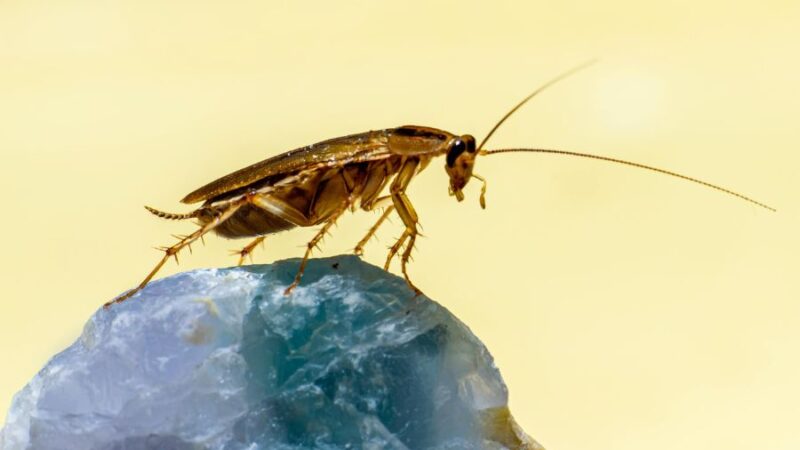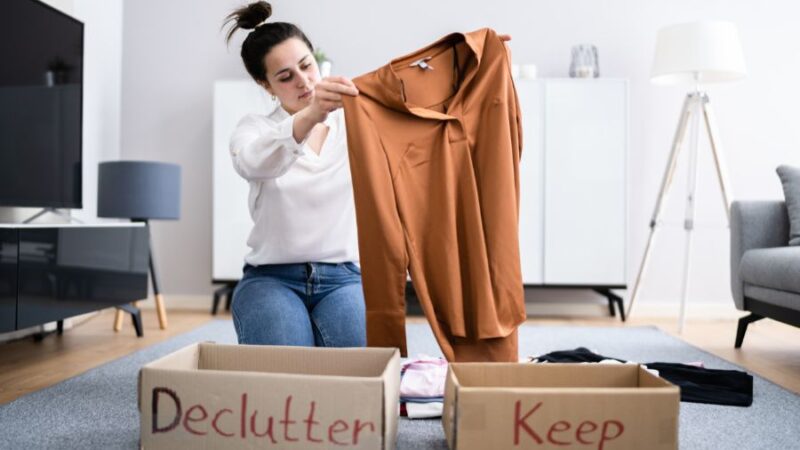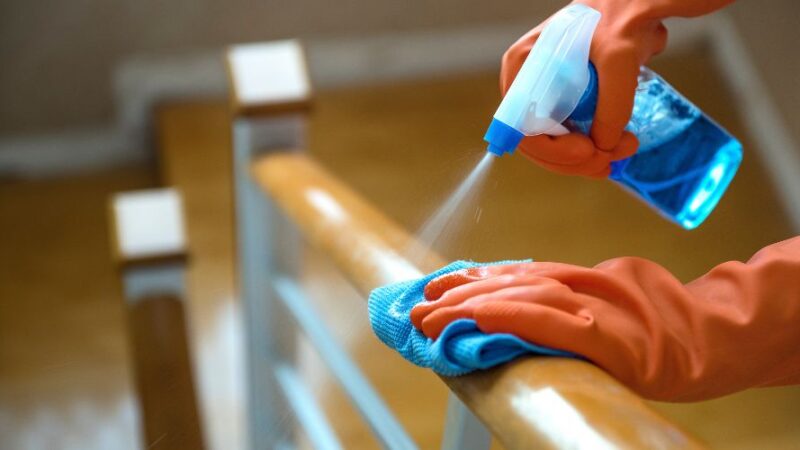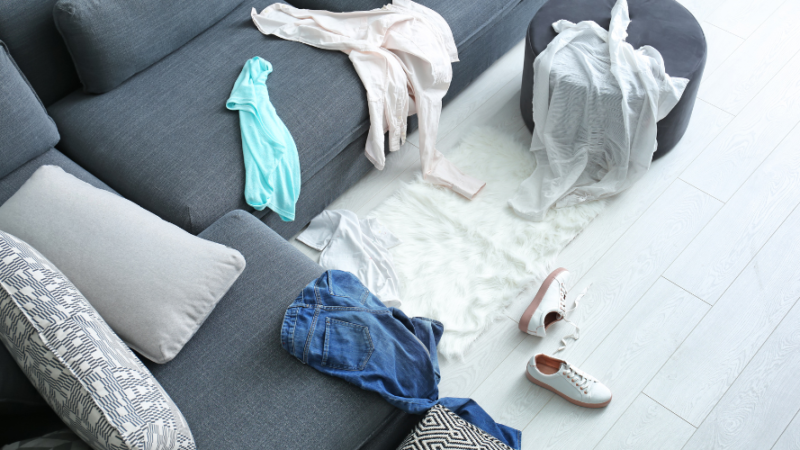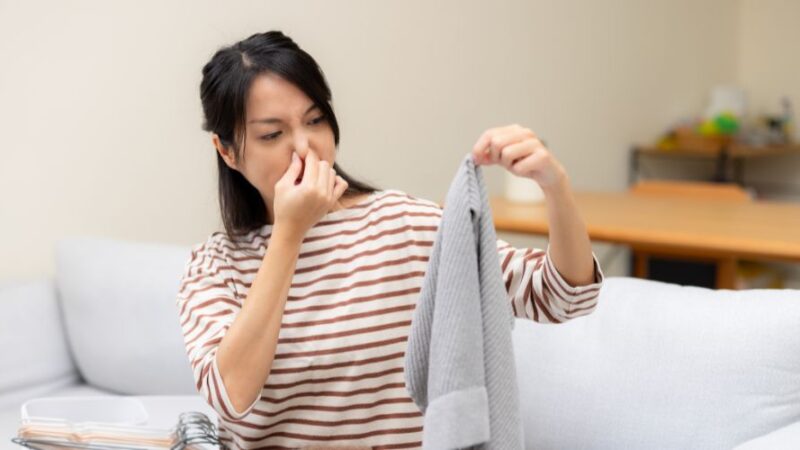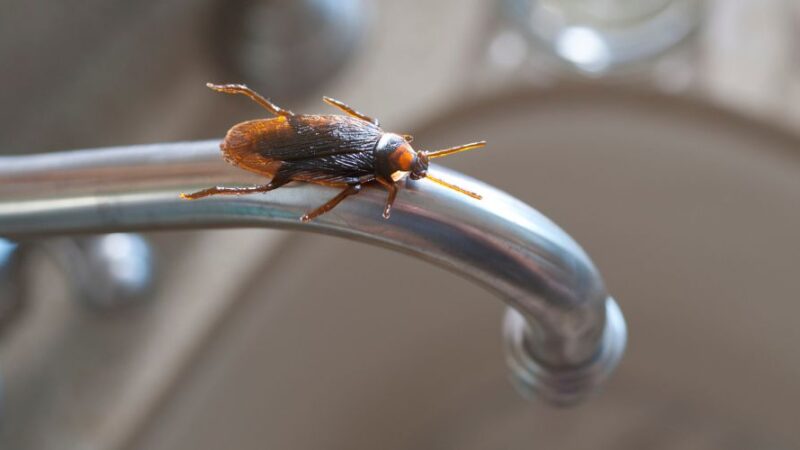10 Hidden Places You’re Forgetting to Clean
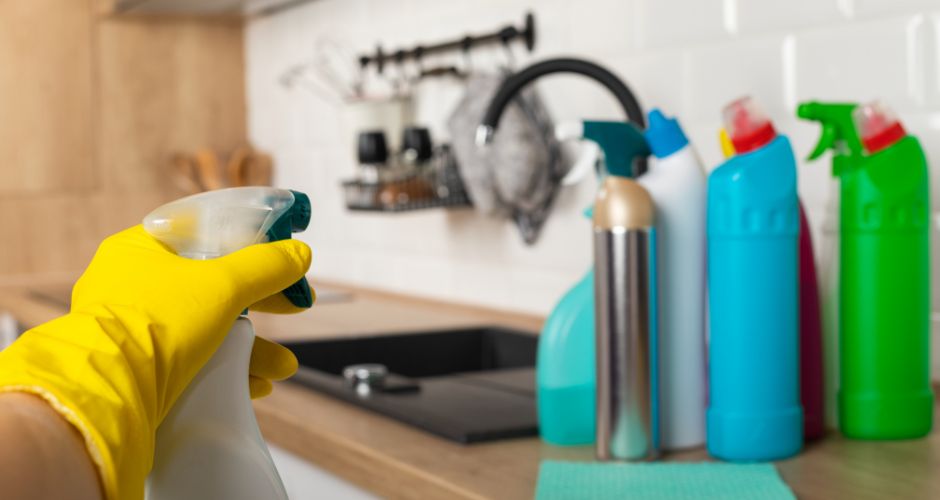
When we clean our homes, we usually focus on the obvious spots: countertops, floors, toilets, and sinks. But even the most diligent cleaning routines often miss hidden places that quietly collect dust, germs, and allergens. Ignoring these areas doesn’t just lead to grime buildup-it can affect your health, hygiene, and even the longevity of your belongings.
Here are 10 Hidden Places You’re Forgetting to Clean in your home that need regular cleaning-and how to tackle them effectively.
Underneath and Behind Appliances
Your fridge, oven, washer, and dryer might look clean on the outside, but the areas underneath and behind them can be home to dust bunnies, food crumbs, pet hair, and even mold.
Why it matters: These hidden messes can attract pests and create unpleasant odors. In some cases, they can even be a fire hazard.
How to clean: Unplug the appliance, gently pull it away from the wall, and use a vacuum and microfiber cloth to clean the space. For sticky spills, use a degreasing cleaner.
Ceiling Fans and Light Fixtures
Out of sight, out of mind-until you turn on the fan and dust goes flying.
Why it matters: Dust buildup on ceiling fans can affect air quality and spread allergens around your home.
How to clean: Use a long-handled duster or an old pillowcase to trap dust without letting it fall everywhere. Wipe light fixtures with a damp microfiber cloth.
Baseboards and Trim
These surfaces are easy to overlook but can collect dust and dirt quickly, especially in high-traffic areas.
Why it matters: Dirty baseboards can make even a spotless room look dingy. They also contribute to poor indoor air quality.
How to clean: Use a vacuum attachment or dry microfiber cloth, then wipe with a damp cloth and a bit of dish soap.
How to Disinfect Your Home During Cold and Flu Season
Inside the Dishwasher
It may seem odd to clean an appliance that’s designed to clean, but dishwashers collect food debris, soap scum, and grease over time.
Why it matters: A dirty dishwasher can develop bad smells and clean your dishes less effectively.
How to clean: Remove the filter and wash it with warm, soapy water. Run an empty cycle with vinegar or a dishwasher cleaner to remove buildup.
Can a Dirty Home Be Making You Sick?
Shower Curtains and Liners
You probably clean your shower, but what about the curtain or liner?
Why it matters: These items are prone to mold and mildew, especially in humid environments.
How to clean: Many fabric curtains and plastic liners can be tossed in the washing machine with baking soda and vinegar, then air-dried.

Behind the Toilet
We often clean the bowl and the seat but ignore the floor and wall behind the toilet-one of the most germ-prone spots in any bathroom.
Why it matters: This area can harbor bacteria, urine splashes, and dust.
How to clean: Use a disinfecting cleaner or wipes to thoroughly clean the back and sides of the toilet and the surrounding floor.
Remote Controls, Light Switches & Door Handles
These high-touch items are some of the germiest surfaces in your home.
Why it matters: Bacteria and viruses can survive for hours or even days on these surfaces, making them a hotspot for illness transmission.
How to clean: Wipe down with a disinfecting cloth or spray and a microfiber towel. Don’t forget keyboards, phones, and game controllers.
Under Furniture
Sofas, beds, and heavy tables hide a lot-dust, pet fur, crumbs, and even lost items.
Why it matters: Dust under furniture can trigger allergies and affect indoor air quality.
How to clean: Use a vacuum with a long-reach attachment or a flexible dusting wand. Make it part of your monthly routine.
Air Vents and Grilles
Air return vents and HVAC grilles collect dust and can spread it throughout your home if not cleaned.
Why it matters: Dirty vents can reduce air quality and affect your heating and cooling system’s efficiency.
How to clean: Turn off the HVAC system, unscrew the vent covers, and wash them in warm soapy water. Vacuum around the vent opening.
How Long Does a Self-Cleaning Oven Take to Clean?
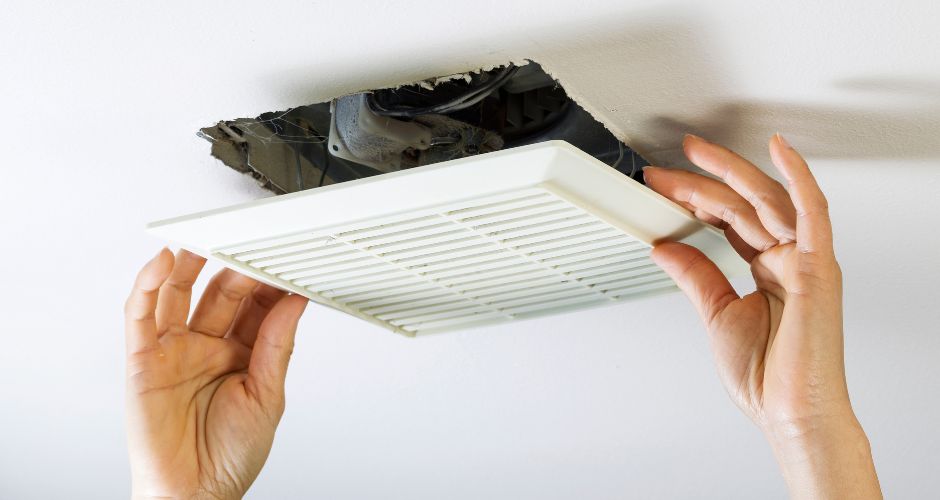
Inside Trash Cans
We often change the liner but rarely clean the bin itself.
Why it matters: Even with liners, spills and bacteria can collect at the bottom, leading to foul odors and unsanitary conditions.
How to clean: Take the bin outside, rinse with hot water, scrub with dish soap or disinfectant, and let it dry thoroughly before replacing the liner.
Why You Shouldn’t Ignore These Spots
These hidden places not only collect dirt and germs but also influence your home’s air quality and cleanliness more than you might realize. Consistently ignoring them can lead to:
- Bad odors
- Pest infestations
- Allergy flare-ups
- Reduced efficiency of appliances
- A home that never feels truly clean
Cleaning these areas might seem minor, but the overall impact on your health and environment is significant.
Why Do Roaches Come Out More at Night in Summer?
Final Thoughts
A clean home goes beyond shiny countertops and vacuumed carpets. It includes the areas you don’t see-or tend to forget. By adding these hidden spots to your regular cleaning routine, you’ll enjoy a fresher, healthier living space and greater peace of mind.
Don’t let your cleaning efforts go to waste. Grab a checklist, set reminders, and tackle these forgotten zones one by one. Your home (and health) will thank you for it.

